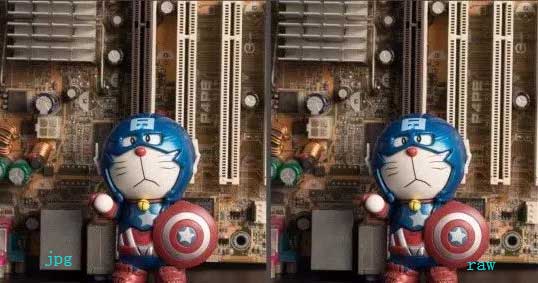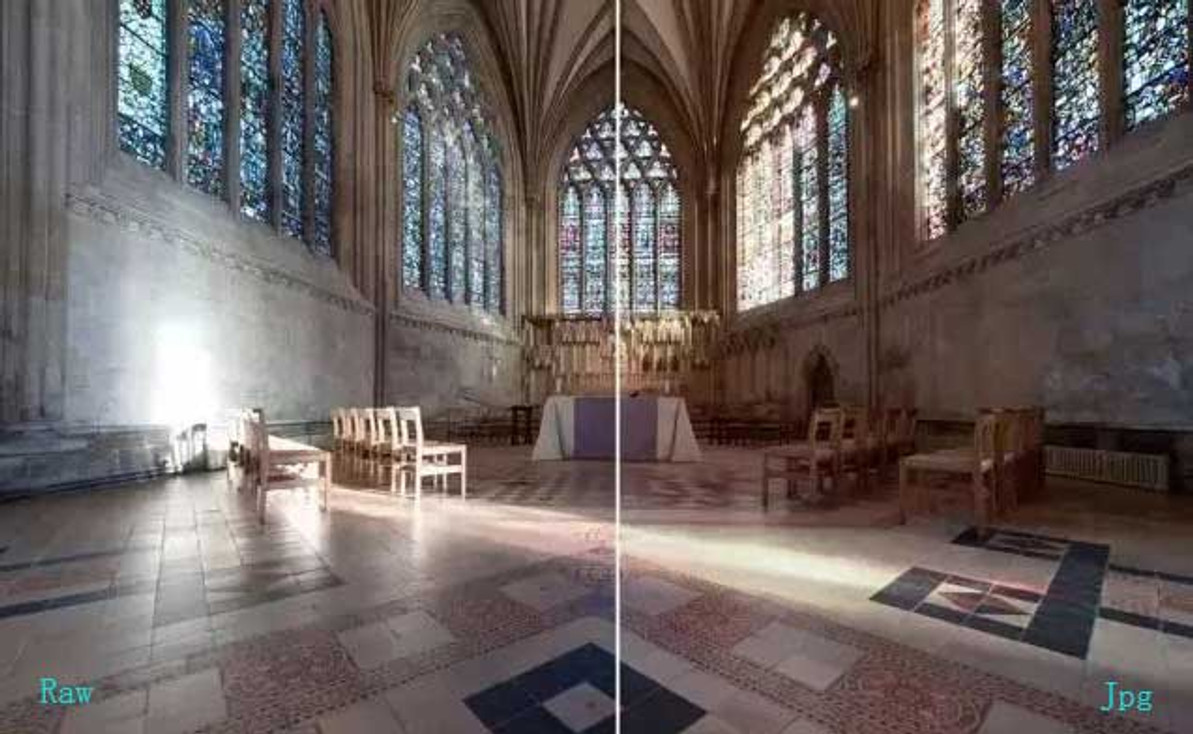The difference in raw or JPG format
The difference in raw or JPG format
One of the problems you'll encounter when taking a picture is to choose a raw or JPG format, Canvas prints a lot of the options in the photo format are so wobbly that they don't even know what format to choose. Today I want to tell you something about the format of the photos.
I. concepts of JPG format and RAW format
I: what is JPG format?
JPG is a commonly used image storage compression format that removes unwanted photo data (without affecting the image display) and makes the file smaller. This kind of photo data lost in the compression process cannot be restored, online printing photos so JPG format is known as lossy compression format.
What is RAW format?
Raw is a raw image file format in which the image information obtained by the camera is not processed and the details of the image are well preserved. Because this format of the photo whose data information is the most original, so called lossless compression format.
Two, JPG format and RAW format that is better?
In fact, there is no difference between the two formats, which is good, the key is to look at individual needs, next I will talk about the advantages and disadvantages of these two photo formats, you should choose according to your own needs.
(1) JPG format
Advantage 1: good compatibility, JPG photo format is a common industry standard format, almost all computer systems and image processing software support JPG photo format.
Advantage 2: the file is small. Photos in JPG format are compressed, so the file is small and takes up only a small amount of storage space. In addition, because the file is small, it is faster to read.
Advantage three: easy to process, because the JPG format of the photo is processed by the camera, so its color; sharpness, contrast, and so on are at the bottom of the direct use. If you're not happy with the brightness, color, etc., it's faster to use image processing software.
Disadvantages: the post operation space is small, because the photos in JPG format are processed and the information data of the photos are not original, so the post operation space will be small. If you have high requirements for the later stages, then JPG format is definitely not acceptable.

(2) Raw format
Advantage: the advantage of raw lies in the flexibility of adjusting space and operation. This space, the flexibility of the operation is not as simple as you might think.
First: adjust the white balance, which controls the tone of the image. If your picture is raw, you can adjust it as you like. If your photo is in JPG format, since the white balance has been set at the time of shooting, the later adjustment of the white balance will lose the image quality, and the more you adjust the loss more serious.
Second: adjust the brightness, contrast, and saturation of the picture. If your picture is raw, you have more room to adjust the picture without lowering the image quality. If your photo is in JPG format, you'll have less space to adjust it, and a little bit more color will do the trick.
Third: eliminate the noise, the raw image is de-noised, and the image will look smoother. However, the image demising in JPG format will affect the photo and the image will become worse.
There are many others, such as removing dark corners, adjusting sharpness, and so on. Raw photos have much more space to work with than JPG photos.
The downside: raw is not a universal industrial standard, so special reading software is required when processing with some image processing software. Also, raw photo files are large, take up space, and slow to read.
Summary: RAW is the best way to keep RAW data on your photos, so the negatives aren't pretty. It is precisely because it has not gone through any processing, so there is a lot of room for late operation.
The JPG format has been processed by the camera, which is the equivalent of being "post-processed" by the camera. So the footage is much better than RAW, but there is less room for processing.
If your camera has small memory and you don't understand post-production, or if you're just taking photos of your family and your daily life, and there's no post-production demand at all, then you can just use JPG.
If you have a strong need for post-production, like wedding photography, aluminum photo prints commercial photography, you'll want to use raw.
Recent Posts
-
What is rolled canvas prints
In the realm of interior decor and artistic expression, canvas prints have emerged as a popular medi …10th Apr 2024 -
The benefits of printing family photos on canvas
In an age dominated by digital screens and fleeting images, the value of printed photographs cannot …7th Apr 2024 -
The best ways to use canvas prints for home decor
In recent years, canvas prints have emerged as a popular choice for home decor, adding style, person …3rd Apr 2024
